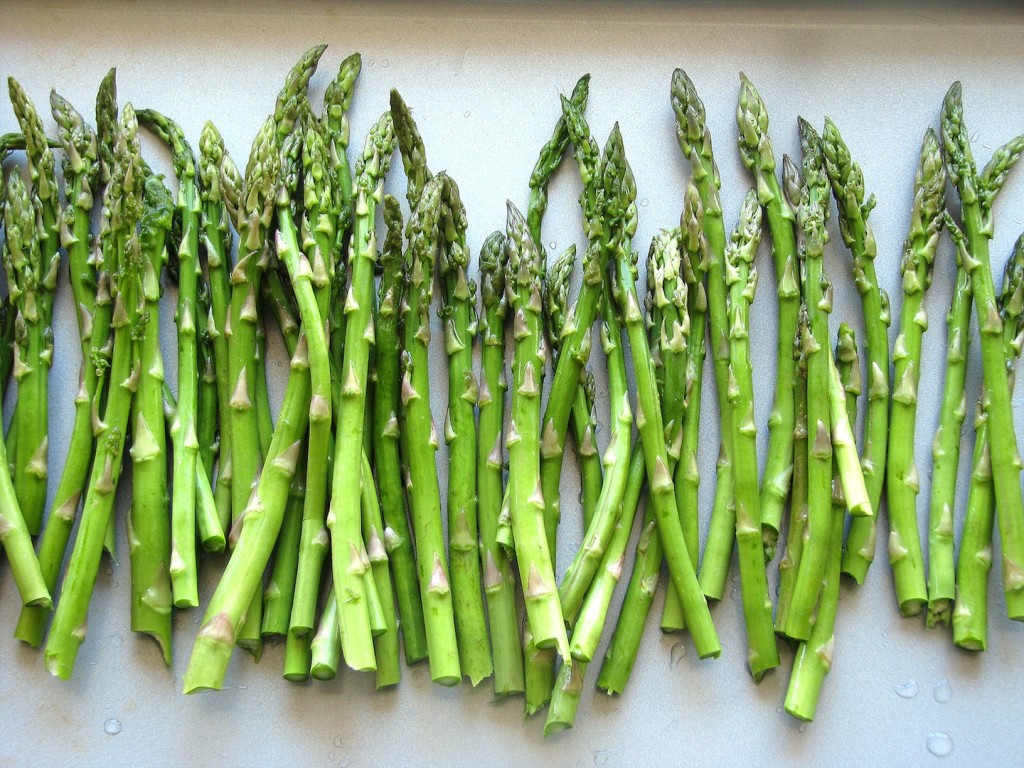As sun peaks out from behind the clouds and temperatures rise, the presence of skirts and shorts rises rapidly around campus. We happily pull out our sunglasses. Leggings, sweatshirts, and oversize sweaters get pushed to the back of dorm closets with no regrets.
Still, we might try on that preferred tank top last worn in August and notice what the unfortunate effects of holiday season and our failed New Years resolutions. So we start dieting.
We atone for our winter mistakes and the complacency too easily found in puffy winter coats to prepare for summer: both for the prospect of showing more skin and for our outdoor beer-filled parties, rich afternoon gelatos, and fourth of July barbecues. Spring, in that sense, is the awkward in-between season, caught between guilty memories and high expectations, with little appreciation for the present.

photo courtesy of http://stylonica.com/
However, with this attitude we miss out. There’s a reason why we eat popsicles and ice cream in the summer, catch onto extreme pumpkin and cinnamon craze in the fall, and then eat rich chocolate peppermint bark in the winter. Spoiler: it’s not just because as the seasons change we get cold and therefore eat richer food. Our seasonal tastes are sentimental as well as pragmatic, and it’s this sentimentality that makes eating so enjoyable. Food relates directly to memory and nostalgia: smells trigger memories, and 75% of our taste comes from smell. When we eat food we many times remember something associated with a particular dish. It’s that thought process behind food that makes eating whimsical and enjoyable.
What are spring foods that trigger this sentimentality? Nothing comes to mind (except for Passover matzo and chocolate Easter eggs, which we stopped eating a week ago). Maybe we jump straight from thick, warm ginger cookies into spring guilt diets because we don’t have any strong nostalgic associations with spring foods.
The solution in the transition to summer is not to suck it up, hit the gym, and snack without gusto on plain celery and sadness. Instead, let’s challenge our guilt and prioritize making spring food memories that will still give us the results we crave without jeopardizing our foodie joy.
Here’s one of many ways to make that happen:
Stalk the Asparagus Trend
The Internet has a way with identifying foods that are at once exciting and that suit our health needs. So far, asparagus hit the blogosphere as the food to covet this season.
I’m sure part of the online craze comes from the fact that asparagus is healthy. It has antioxidants, may help prevent cancer, and has fiber, folate, and vitamins A, C, E and K.

photo courtesy of http://www.sewletscook.com/
I’m totally on board with the asparagus trend from a culinary perspective as well. Why? It’s a versatile food. We can eat it hot or cold. It works well as a unique, springy-green compliment in countless dishes – layer it under your poached egg or put it on the side of grilled salmon, for example. Some people on the web are even sautéing it to lay in layers on thick slabs of whole-grain toast. All of this is perfect flexibility for spring’s temperamental weather, and for our own transition from cold to warm.
You can eat all these recipes without winter guilt: make meals you’re excited to cook and that relate to this gorgeous season. Cultivate your spring gastronomy aesthetic and taste, and use that to craft memories. You have a slew of foodie writers providing you with recipe ideas!
If you want to strike out beyond asparagus this spring, two other great in-season foods are spinach and blood oranges (I sense potential far beyond the common salad).
Happy memory making, happy spring.




